Saturday April 27, 2013
Today was such a busy day for us that I decided to break it up into two posts. Alright, so maybe it’s not much that we were entirely busy as much as it’s the fact I’d be putting up over 20 photos in one post, but I don’t know what your attention span is, even just for photos. After our exhausting morning of being driven around in a truck and looking at pretty birds, Matt and I retired to the boat for a little rest before we could squeeze in any more fun activities for the day. Once we were well rested and fed (finally) we met back up with Brian and Stephanie to walk up to the lighthouse on the outskirts of town and take a tour of it. The roads were mostly deserted on our walk up, most of the town attending a funeral for a highly esteemed member of the community, and we were almost afraid the lighthouse would be locked up because of it too. We caught the keeper just as she was headed out to join everyone else, she just quickly mentioned that the door was open and please sign the guest book, as she breezed her way out of compound. Opening the door we explored every inch of the lighthouse. It was magnificently beautiful and afforded amazing views of the island.

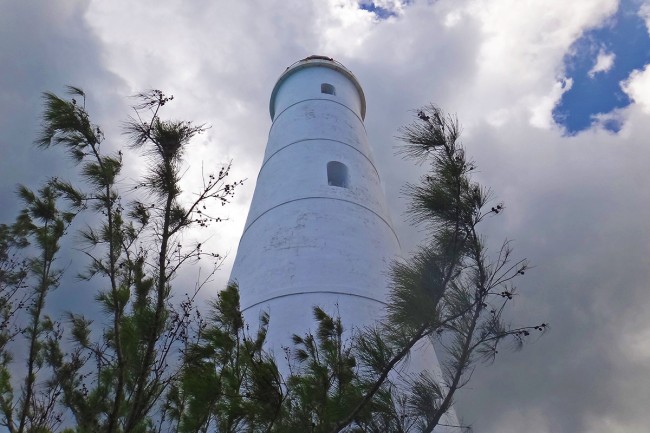
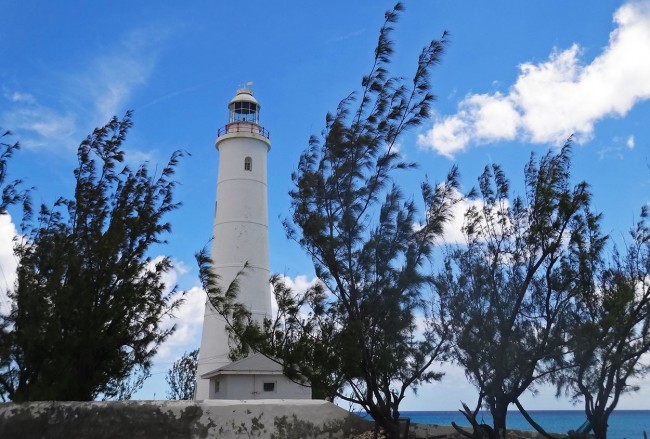
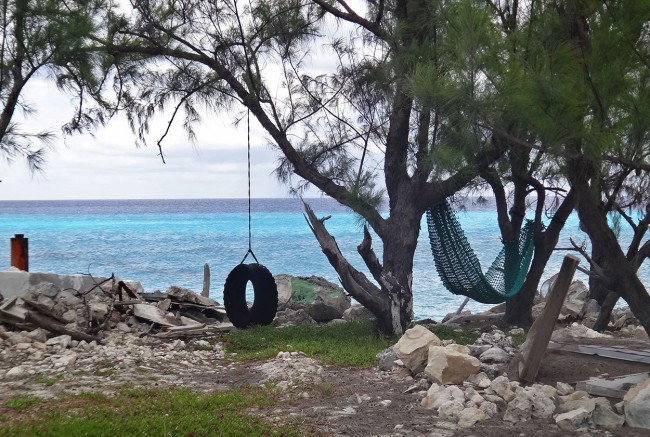
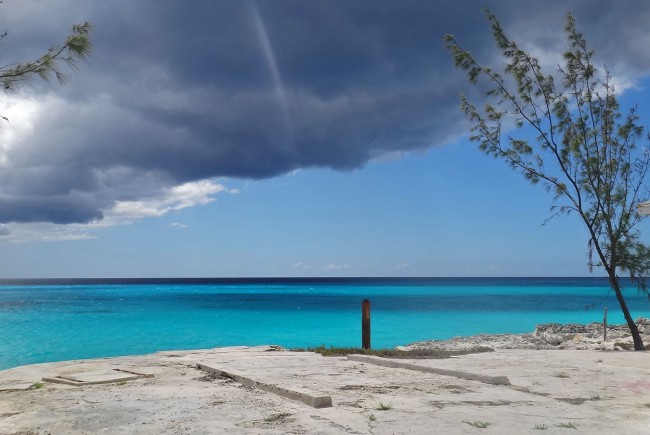

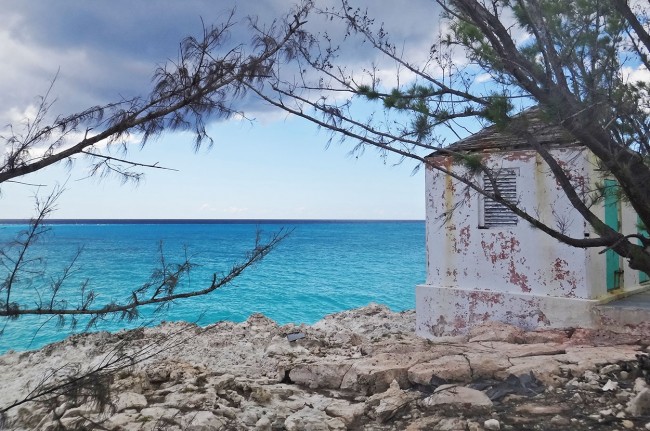
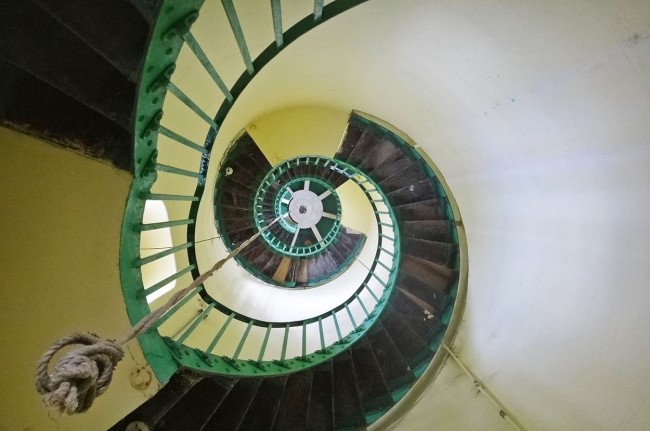
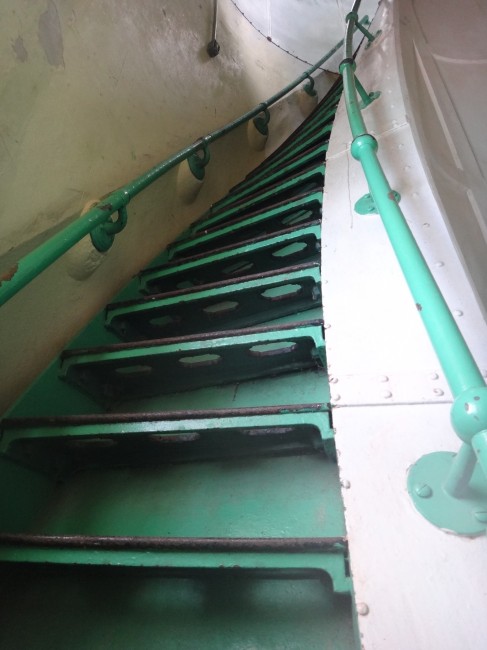
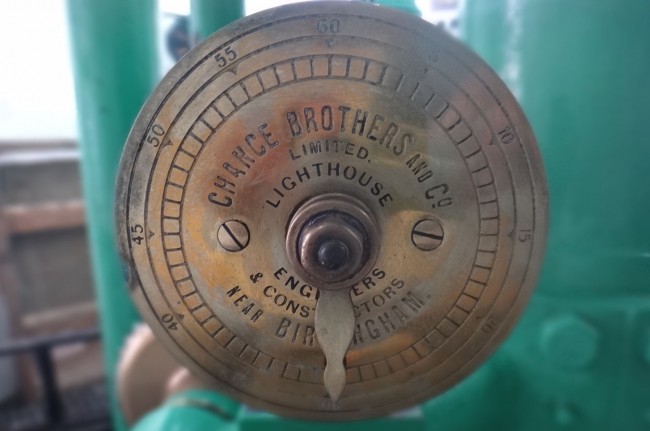
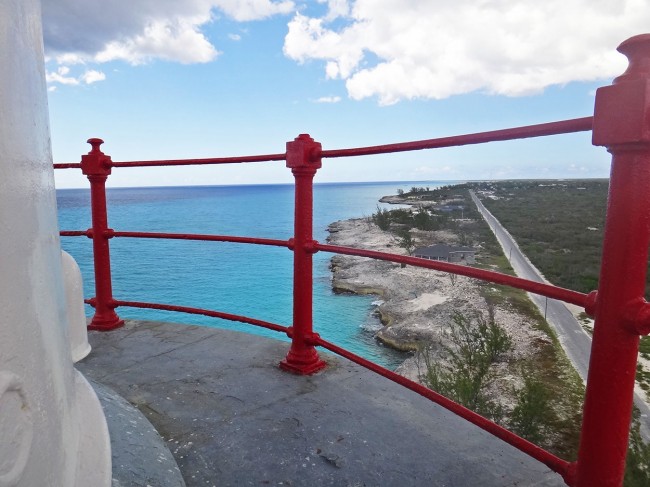
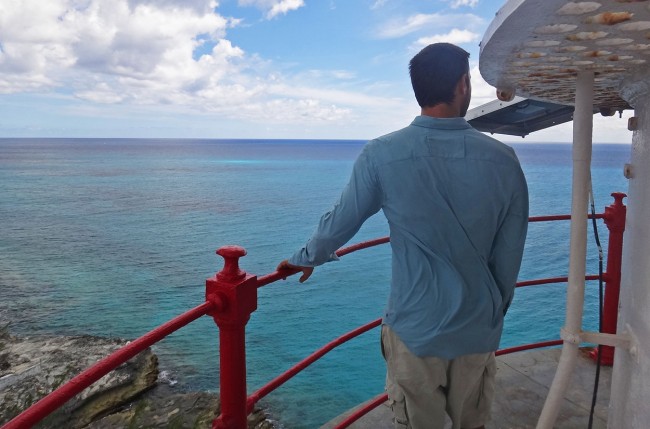
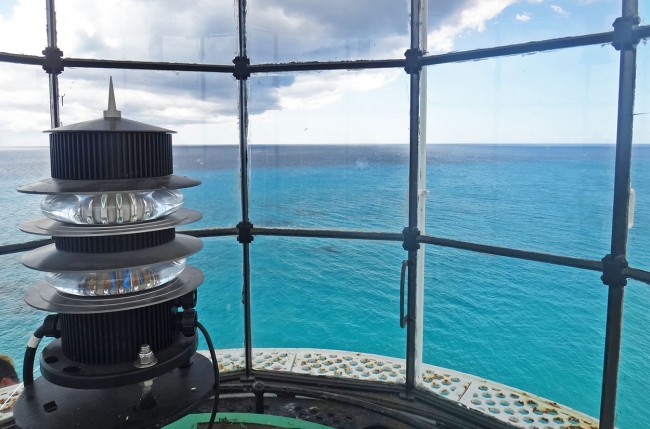
I so miss that beautiful blue water! Enjoying your posts/pics and praying for your long passage now……love you both!
My legs hurt just from looking at those stairs inside the lighthouse. 😉
What is the mechanical dial mechanism thing-a-bob used for?
Thanks for sharing, it allows me to escape the confines of the cubicle for a few
minutes each day.
Penny, we miss those waters too! Cayman had some good waters, but Bahamas were something else. Jerry, we were huffing and puffing a little bit by the time we got to the top. 🙂 I have no idea what the dial was for, unfortunately there was no one there to be a guide.
@Jerry – The timer in the photo above tells the lighthouse keeper how long before the rotating mechanism will need to be wound up again. Most lighthouses needed to be rewound between 30 and 90 minutes. Prior to having electricity, the light was a flame (often a candle or kerosene wick) and the rotating mechanism was powered by the weights, similar to a grandfather clock. In this way, lighthouses could be located anywhere without regard to access to commercial power.
As the weight falls, so the clock is driven and when the weight reaches the bottom, the clock stops unless the weight is wound back up to the top of its travel. So, just as you wind up a clock of this type at home, so the lighthouse keepers had to wind up their lighthouse optic clock with a large winding handle attached to the mechanism that was located immediately below the optic. Because the equipment was rather bigger than your clock at home, the weights were much bigger and the distance of travel was often the entire height of the tower, with wires used to support the weight. Sometimes the wires and weights were enclosed in a metal tube that ran vertically down the centre of the tower. The keepers might have to wind the clock up every 30 minutes or every hour and it was hard work!
Lighthouse keepers would work all night and sleep during the day in order to keep the mechanism going.